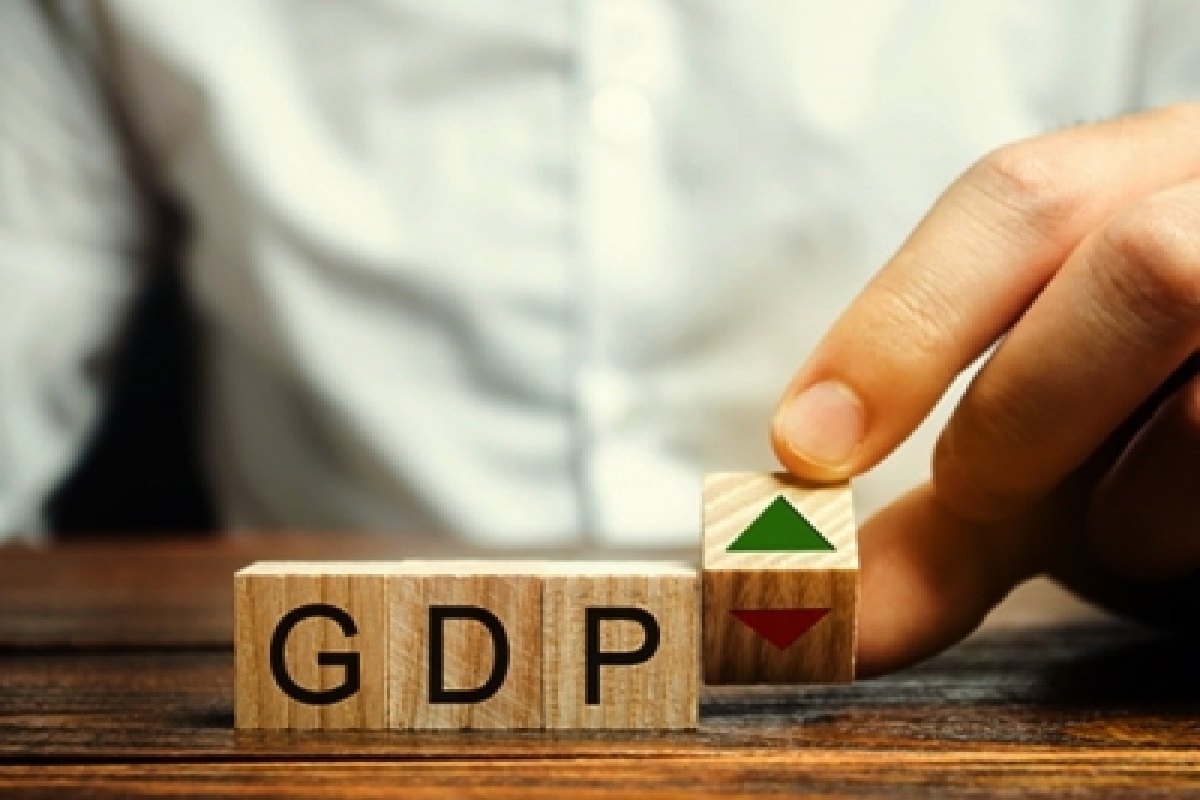In the dynamic landscape of India’s economy, the story of growth often unfolds with twists and turns, leaving many perplexed about the true trajectory. Amid the recent buzz surrounding an impressive 8.4 per cent GDP growth, it is important to ask if we are truly witnessing an economic resurgence, or are we lost in a maze of statistical complexities? Let’s unravel the intricacies.
The reported growth figures, while seemingly promising, come with a caveat ~ a dash of scepticism. Behind the curtain of soaring numbers lies a labyrinth of methodology, where the calculation of GDP growth resembles more of an art than a science. India’s shift in GDP calculation methods in 2015 stirred the pot, casting doubts on the accuracy of our economic compass. One of the key concerns lies in the choice of deflator ~ a term shrouded in mystery for many. This is the tool used to adjust nominal GDP to real GDP. While the old method focused on observing changes in production quantities, the new approach relies heavily on surveys and financial reports before deflating them. This shift has its pitfalls, especially in sectors like services, where the reliance on wholesale prices fails to capture the essence of consumer spending.
Advertisement
But the complexities don’t end there. The method of deflation itself raises eyebrows. Unlike most countries, India opts for a singular deflation method, blurring the lines between input and output prices. Imagine a scenario where a textile manufacturer imports raw materials at varying prices. Under India’s method, a drop in raw material prices might mask the challenges faced by the manufacturing sector, painting a rosier picture of productivity. Yet, amid the maze of statistical intricacies, there are glimmers of hope. Alternative indicators, such as electricity consumption and freight traffic, offer insights into the pulse of the economy. Surveys of purchasing managers, both in manufacturing and services, reflect optimism unseen in over a decade.
These indicators, though not immune to scepticism, hint at a resilient economy navigating choppy waters. However, the road ahead remains strewn with obstacles. The shadow of the pandemic looms large, casting uncertainties on the path to recovery. Corporate and foreign investments remain subdued. Yet, amid the challenges, there’s a silver lining ~ forecasts project a steady growth rate of 6.5 per cent over the next five years, indicating a potential acceleration in our economic journey.
As we sift through the labyrinth of economic data, it is crucial to remember that behind every percentage point lies a story ~ a story of resilience, adaptation, and hope. While the numbers may fluctuate, the spirit of India’s economy remains steadfast. It’s a narrative of growth, not just in statistics, but in the collective aspirations of a nation marching towards a brighter tomorrow. So, let’s embrace the intricacies, decode the data, and chart a course towards inclusive growth that leaves no one behind.











